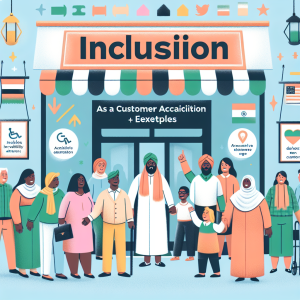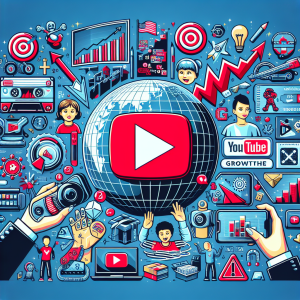Crafting an Inclusive YouTube Strategy: Reaching Every Viewer
In today’s digital age, fostering inclusivity is not merely a trend—it’s a responsibility. As content creators, it’s our duty to ensure everyone feels welcome and represented. This is particularly critical on platforms like YouTube, which boasts a global audience with diverse needs and experiences. Building an inclusive YouTube strategy can significantly broaden your reach and resonate with a larger audience. Let’s delve into how you can make your content accessible and enjoyable for everyone.
The Power of Captions and Subtitles
Captions and subtitles are fundamental to an inclusive YouTube strategy. They make your content accessible to viewers who are deaf or hard of hearing, those who speak different languages, or those who simply prefer to watch videos with the sound off.
Here’s how to effectively utilize captions and subtitles:
- Always Add Closed Captions: Closed captions are crucial for accessibility and can be easily added via YouTube’s built-in features or third-party tools.
- Ensure Accuracy: Double-check your captions for accuracy to avoid misinterpretations.
- Provide Subtitles for Multilingual Audiences: Expand your reach by offering subtitles in multiple languages, widening your content’s accessibility.
The Impact of Audio Description
Audio description is another powerful tool for making your content inclusive. It provides narration that describes the visual elements of your video, making it accessible to people who are blind or visually impaired.
Here’s how to incorporate audio description:
- Describe Visual Cues: Clearly describe visual cues, such as actions, facial expressions, and scene changes, enriching the viewing experience for visually impaired users.
- Maintain a Natural Flow: Integrate audio descriptions seamlessly, ensuring the flow of the video remains uninterrupted.
Fostering Disability Representation On YouTube
Beyond captions and audio description, authentic representation is key to a truly inclusive YouTube strategy. By showcasing a diverse range of voices and experiences, including those of people with disabilities, you create a more welcoming and representative platform.
Here are some strategies to foster disability representation:
- Feature Creators with Disabilities: Collaborate with and highlight creators with disabilities, amplifying their voices and perspectives.
- Consult with Disability Organizations: Partner with disability organizations to gain insights and ensure accurate representation.
Creating Accessible Content from the Start
In conclusion, building an inclusive YouTube strategy is an ongoing process that demands mindful content creation. By incorporating accessible elements like captions, subtitles, and audio descriptions, and by championing authentic representation, we create a digital landscape that is truly inclusive and welcoming for everyone.







